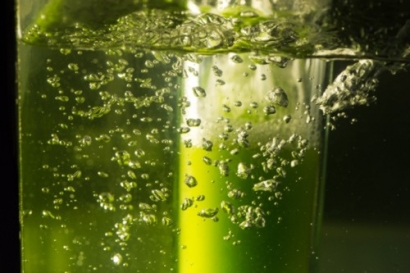
“We appreciate that the EPA’s 418 million gallon cellulosic biofuel volume requirement for 2019 reflects continued growth in the renewable natural gas industry. It provides a policy framework that will lead RNG stakeholders to invest in and build new RNG production facilities just as the Renewable Fuel Standard is designed to do,” said Johannes Escudero, CEO of the Coalition for Renewable Natural Gas (RNG Coalition).
The RNG industry produces 95 percent of the fuel used to meet the RFS program’s cellulosic biofuel requirement. The industry’s cellulosic biofuel production has increased significantly in recent years. October 2014 RNG production was 6.6 million gallons; October 2018 RNG production was 28.5 million gallons. An additional 55 RNG production facilities are under construction or development.
“The growth in production of renewable natural gas and the completion of nearly 50 new production facilities from coast to coast since 2014 is proof positive that the RFS is working as intended for cellulosic and advanced biofuels,” said Escudero.
“We appreciate EPA timely finalizing these expected volumes and, as stated by EPA, we look forward to working to ensure that the program, including small refiner exemptions, are administered in a way that do not undermine the program’s advanced biofuel requirements,” concluded Escudero.
The RNG Coalition is the trade association representing over 160 companies and organizations dedicated to the advancement of RNG, including as an ultra-clean, domestically-produced, renewable fuel in North America. The RNG industry captures and converts biogas (mostly methane and carbon dioxide) from organic waste streams to produce RNG. Common biogas sources include landfills, wastewater treatment facilities, livestock and agricultural digesters and commercial food waste facilities. RNG is fully fungible with conventional natural gas, and may be used as a direct substitute in CNG, LNG, and commercial, industrial and residential natural gas applications.

